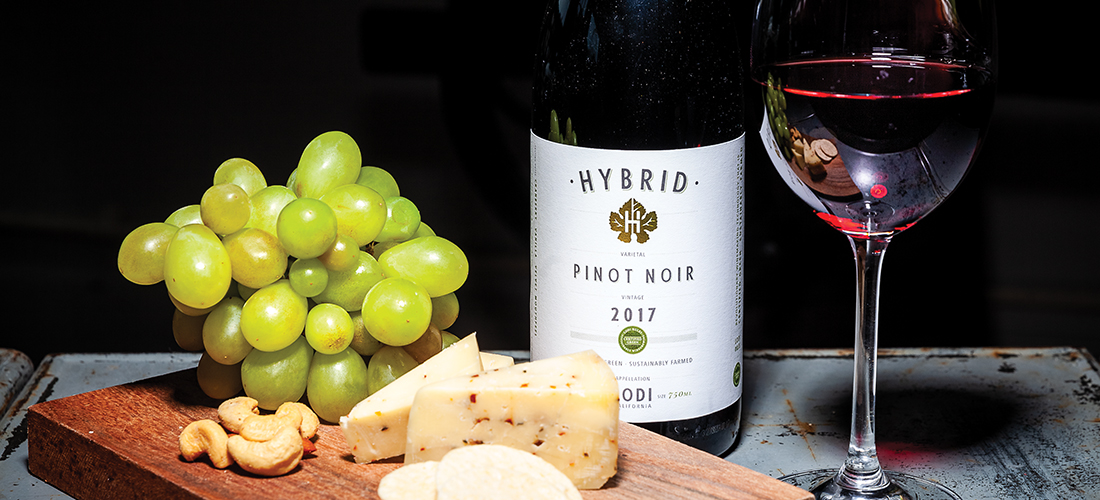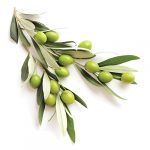
Let’s Be Clear
Making sense of the language of wine
By Angela Sanchez
The wine world is awash in confusing terms, so let’s clarify a few.
Ever hear that sulfites, especially in red wines, can give you a headache? Not so fast. Wines have been produced with sulfites for centuries — from the ancient Romans’ use of candles made of sulfur to clean wine storing vessels, to turn-of-the-century Europeans using sulfites to stop bacteria growth. “Sulfites help to preserve wine and slow chemical reactions which cause wine to go bad,” according to the website Wine Folly.
Sulfites aren’t evil, but rather necessary for stabilization and preservation, as well as providing aging potential. A sulfite-free wine will have a very short shelf life. Lower acid wines need more sulfites than higher acid wines to become stable and increase shelf life. Sweeter wines need sulfites to prevent secondary fermentation.
The United States and Australia are the only wine-producing countries that require notification on the label that the wine may contain sulfites. A low number of people may experience an allergic reaction to sulfites (mainly those suffering from asthma, and only 10 percent of them, or those with strong allergies to highly processed foods). A dry red wine contains about 50mg/L (milligrams per liter) of sulfites while a white wine has, on average, 100mg/L — lower than the content of french fries. Generally, wines range from 5mg/L to around 200 mg/L, and in the U.S. the legal limit is 350mg/L. So, the headache could be the result of a myriad of reasons, but most likely not sulfites.
Some farming and production practices can also be confusing. What does it mean to be sustainably or organically farmed? A wine that is produced using only organic grapes — which have had no pesticides or herbicides used on them — in a vineyard overseen by the USDA Organic National Program and uses only organic material to filter the wine can have a label that reads “organic wine.” Most producers in the U.S. and abroad do not choose to label this way simply because it is too restrictive. In the U.S. you will more often see wines labeled “made with organic grapes” instead, meaning that the vineyard where the grapes were produced is certified organic but that the production method — for instance, the use of sulfites to stabilize the wine, or the use of egg whites to filter it — are not certified organic. The production of the grapes on an organic level and producing a quality wine are the top concerns versus making a wholly organic product.
Stewardship of the land is uppermost in organic farming, producing healthy vines and fruit from well-cared-for land, and maintaining a healthy standard of quality for the soil for years to come. Farming “clean” grapes on even a single vineyard on a property of hundreds of acres is extremely costly and labor intensive but worth it. The cost of certifying the wine itself as organic is less important.
To me, wines that are farmed and produced sustainably provide a more well-rounded approach. Usually a wine that has been produced sustainably — and noted on the label — encompasses practices beyond the winemaking. They include everything from stewardship of the land (perhaps not farming organically but choosing to use as few chemicals as possible), to upholding higher standards for human resources, to committing to alternative energy sources, and constant conservation of soil and water resources. The producer might choose to certify as “sustainably farmed,” meaning they would follow the practices of a certifying body (there are several) by keeping records and reports, often checked by a neutral third party. Or, the producer can simply choose to farm in this manner, without the certification, which can be costly and strict.
Clarifying some of these terms makes it easier for consumers to be knowledgeable about the winemaking industry and its practices, but also to help them make more informed decisions when choosing what they drink. Here are a few suggestions on what to look for:
Organic: Look for USDA certification on the label for wines made in the U.S.
Made with “organic” grapes: Several great California and Oregon producers have wines in their portfolio that will have this on the label. One of my favorites is from Sokol Blosser Winery in Oregon.
Certified “sustainably grown”: This certification will show that the wine has met the standards of a specific certifying body. Requirements vary from one certifier to the next, but generally the winery has followed conservation, preservation, environmental and social equity throughout their entire business. The area of Lodi in California has a great certification like this, called Certified Green. Other areas of California use SIP (sustainability in practice) certification to denote these practices.
Elsewhere, look for the Integrity and Sustainability label on wines from South Africa, where nearly 100 percent of wineries carry this certification, showing their commitment to not only the land, soil and environment, but to the human resources that are an integral part of winemaking. PS
Angela Sanchez owns Southern Whey, a cheese-centric specialty food store in Southern Pines, with her husband, Chris Abbey. She was in the wine industry for 20 years and lucky enough to travel the world drinking wine and eating cheese.





